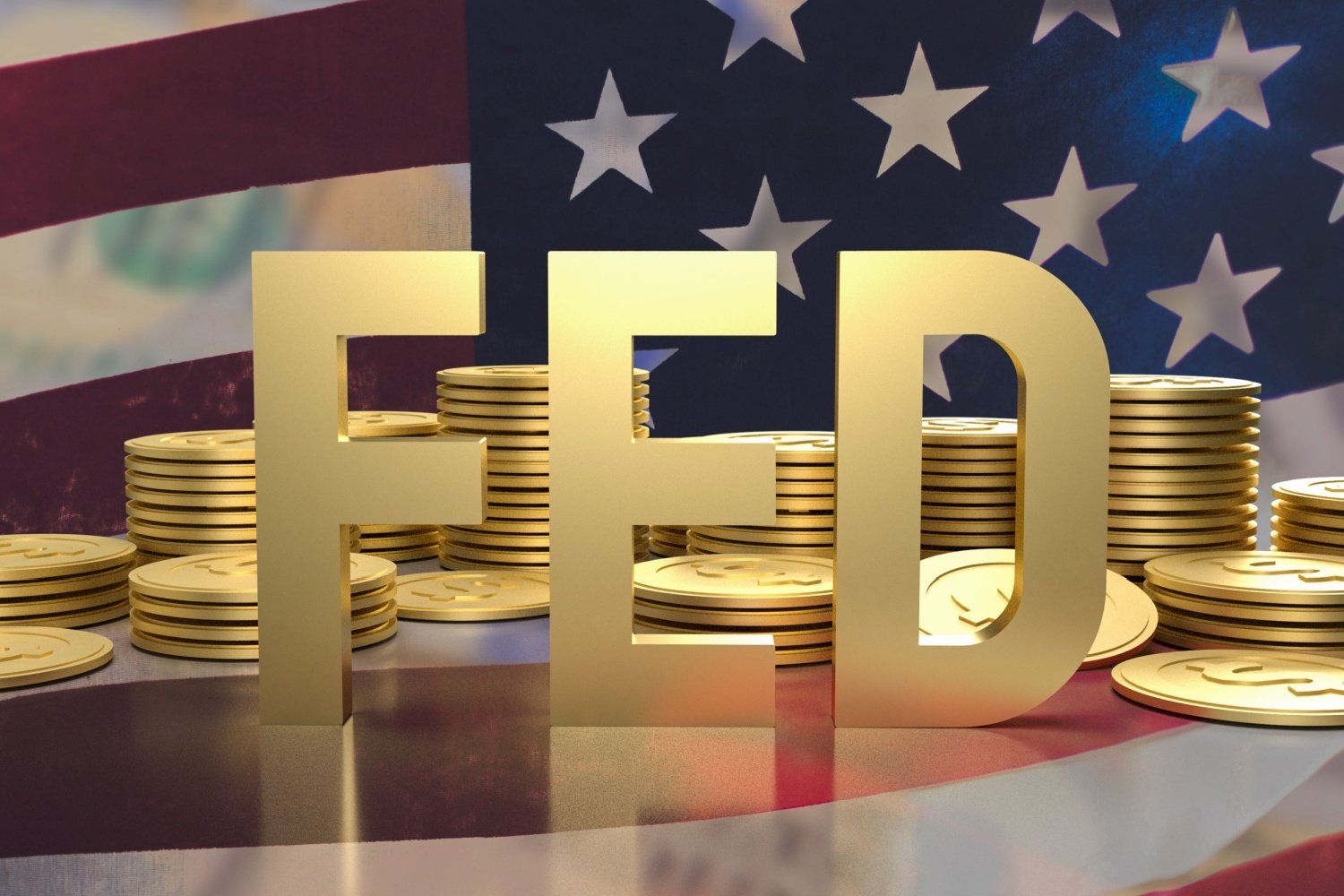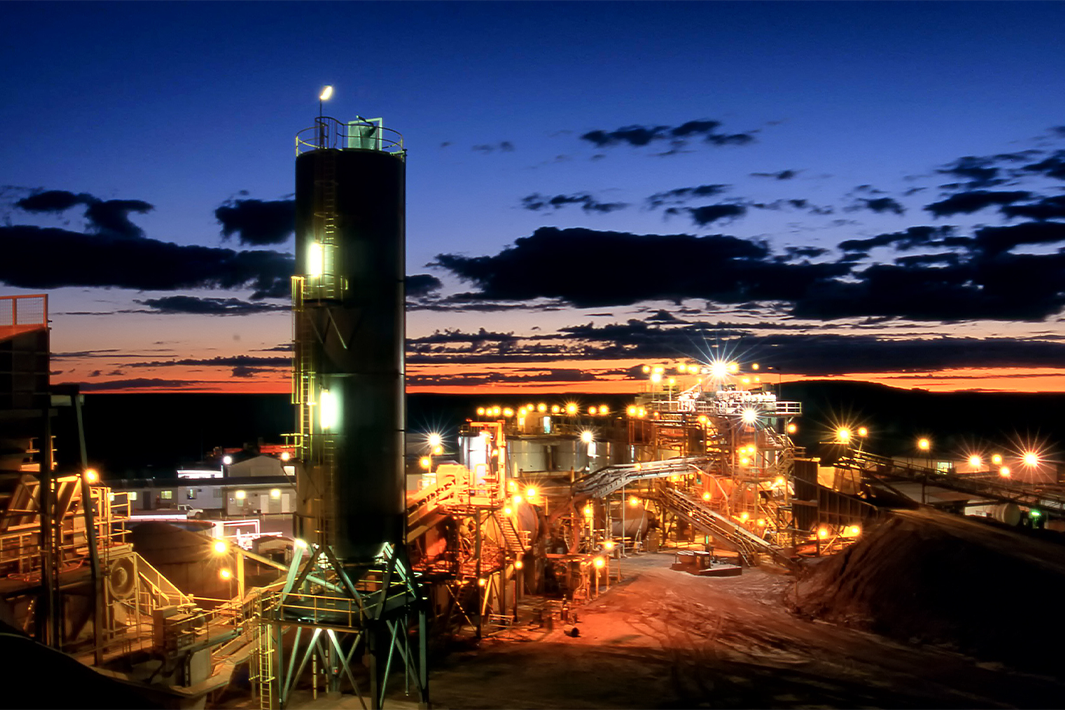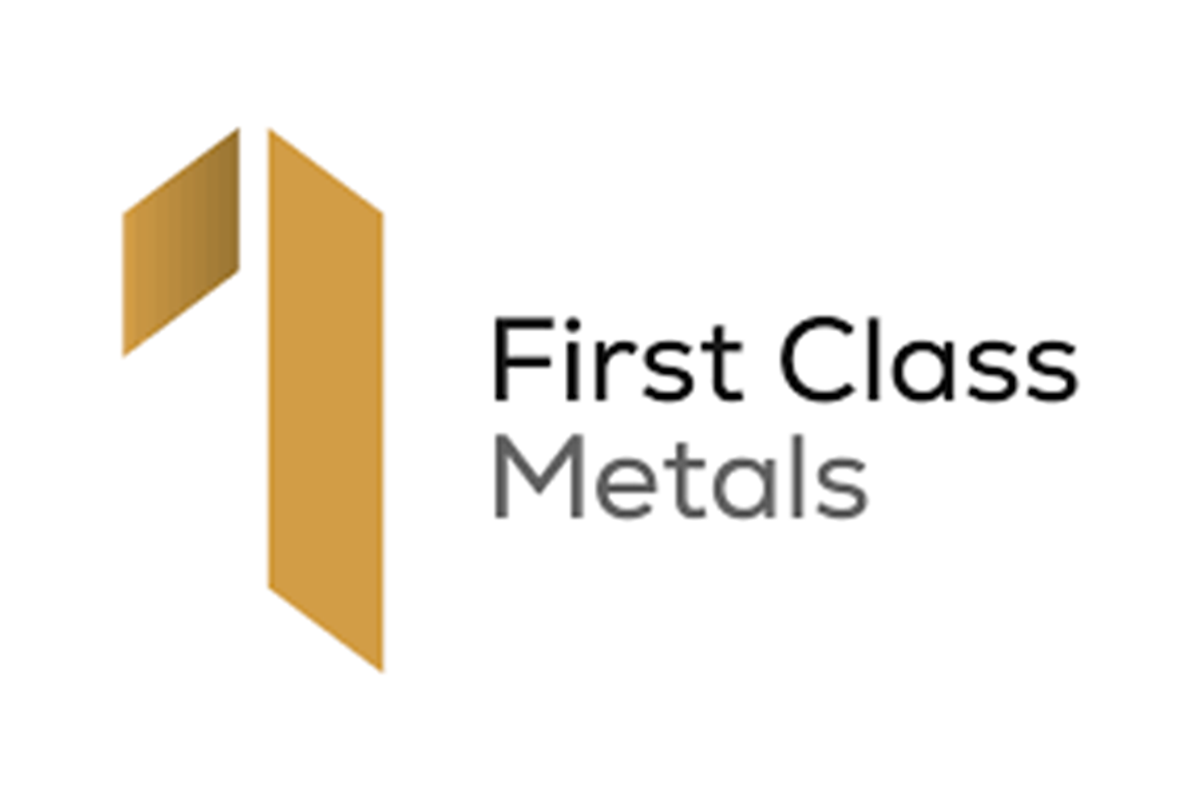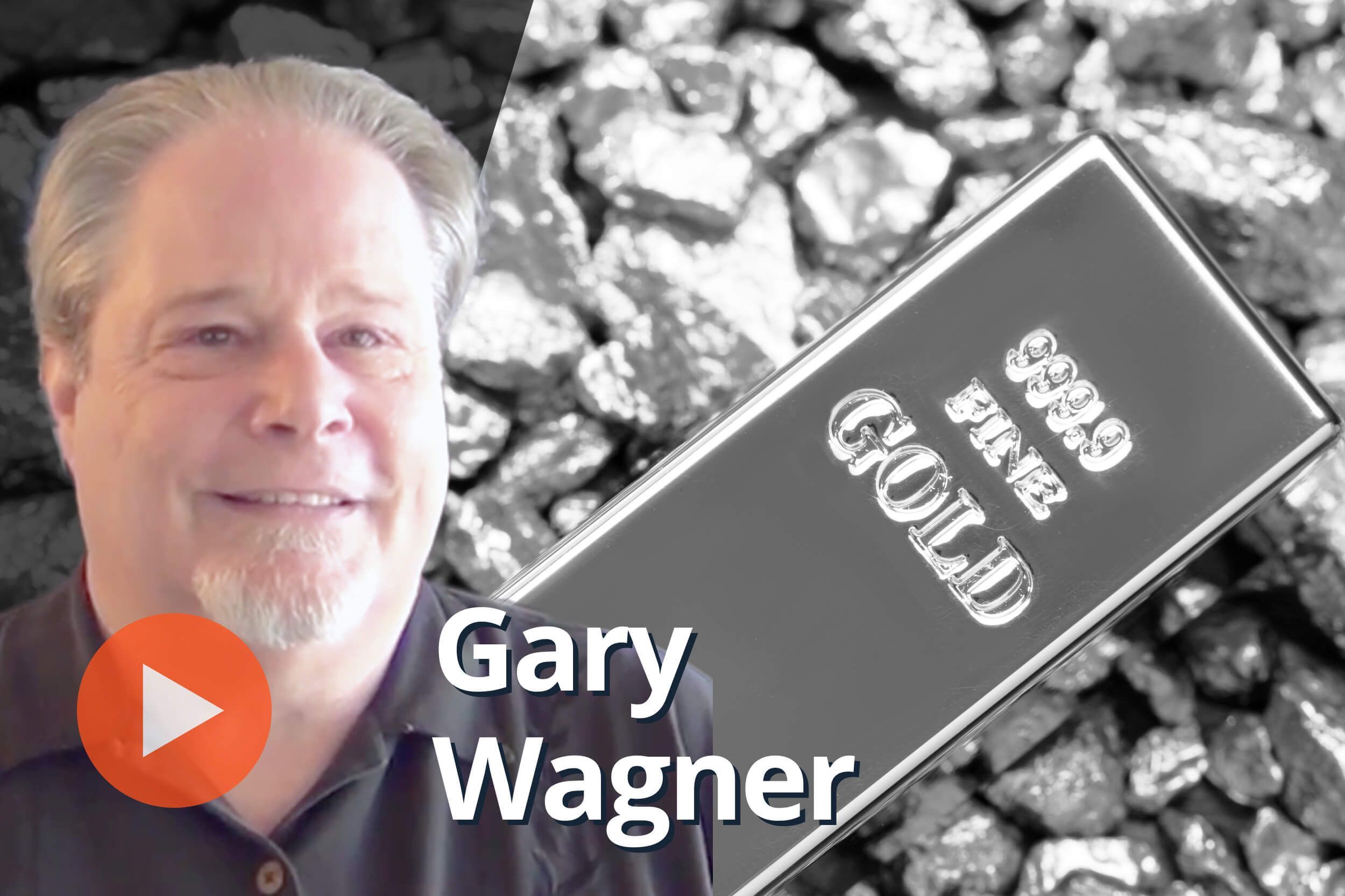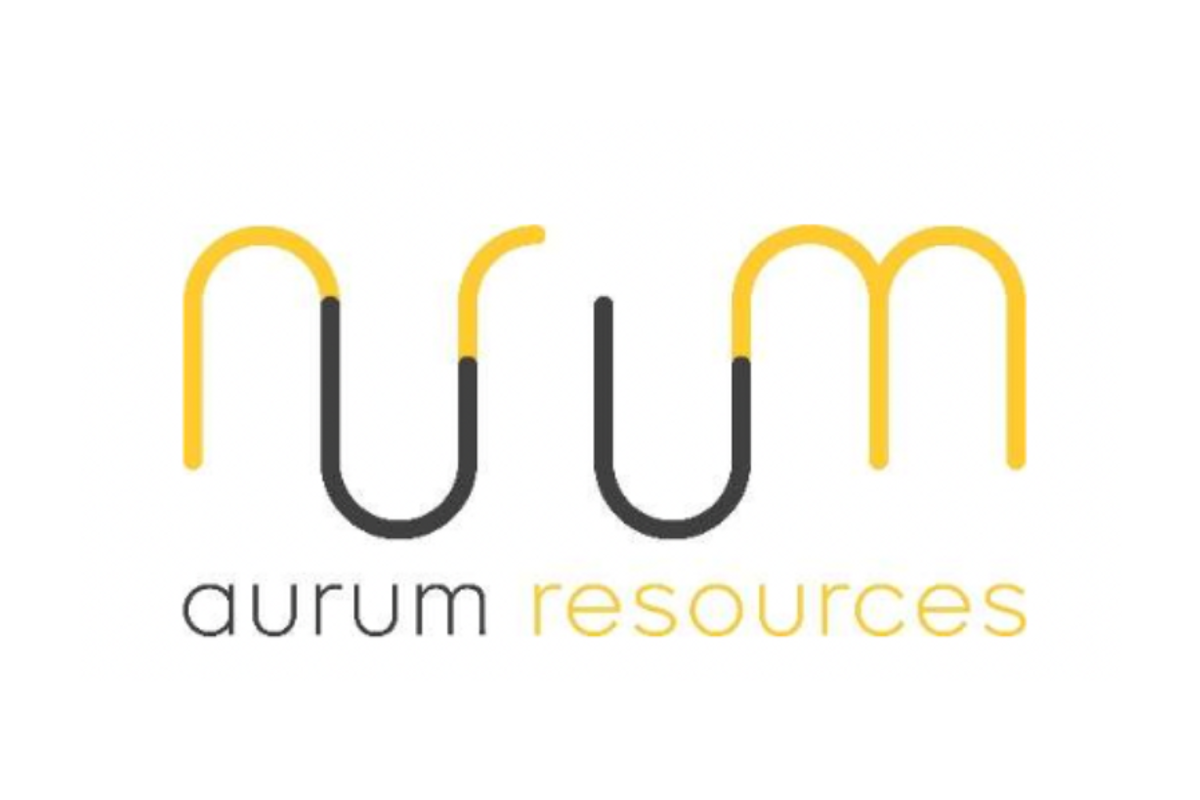
November 21, 2024
Aurum Resources Limited (ASX: AUE) (Aurum) refers to its off-market takeover offer to acquire all of the ordinary shares (Share Offer) and certain options (Option Offers) in Mako Gold Limited (ASX:MKG) (Mako) pursuant to its bidder’s statement dated 30 October 2024 (as supplemented or replaced from time to time) (Bidder’s Statement).
HIGHLIGHTS
- Aurum declares its takeover offer for all the shares in Mako Gold Limited unconditional
- Aurum currently has a relevant interest in Mako of 39.86%
- The Share Offer and Option Offers are due to close at 7.00pm (Sydney time) on 4 December 2024
- The Mako directors have unanimously recommended that Mako Shareholders and Mako Optionholders accept the Offers in the absence of a Superior Proposal and have already accepted into the Offers
- Aurum urges all remaining Mako Shareholders and Mako Optionholders to accept the Offers without delay
The Share Offer is to acquire all Mako Shares for the consideration of one (1) Aurum Share for every 25.1 Mako Shares held and will extend to Mako Shares issued during the Offer Period as a result of the conversion of Mako convertible securities.
The Option Offers are to acquire Mako Options on the basis of:
- one (1) Aurum Share for every 248 Mako January 2025 Options held; and
- one (1) Aurum Share for every 170 Mako June 2025 Options held.
FREEING THE SHARE OFFER OF CONDITIONS
Having reached a relevant interest of 39.86% in Mako, Aurum is pleased to declare the Share Offer unconditional and free of all defeating conditions as set out in section 13.8 of the Bidder’s Statement.
OFFERS CONDITIONS
The Share Offer is wholly unconditional.
The Option Offers remain subject to all defeating conditions in section 14.9 of the Bidder’s Statement. None of the defeating conditions in section 14.9 of the Bidder’s Statement have been fulfilled or waived.
RECOMMENDED OFFERS
The Mako directors have unanimously recommended that remaining Mako Shareholders and Mako Optionholders accept Aurum’s Offers without delay, in the absence of a Superior Proposal. Given its current relevant interest in Mako, Aurum believes it is unlikely that a Superior Proposal will eventuate.
Click here for the full ASX Release
This article includes content from Aurum Resources Limited, licensed for the purpose of publishing on Investing News Australia. This article does not constitute financial product advice. It is your responsibility to perform proper due diligence before acting upon any information provided here. Please refer to our full disclaimer here.
AUE:AU

Sign up to get your FREE
Aurum Resources Investor Kit
and hear about exciting investment opportunities.
- Corporate info
- Insights
- Growth strategies
- Upcoming projects
GET YOUR FREE INVESTOR KIT
The Conversation (0)
04 September
Aurum Resources
Game-changing gold exploration at prolific Côte d’Ivoire, West Africa.
Game-changing gold exploration at prolific Côte d’Ivoire, West Africa. Keep Reading...
33m
Aurum Returns High Grade Gold Intercepts at Tchaga, Napié Gold Project, Côte d’Ivoire
Aurum Resources (ASX: AUE, “Aurum” or “the Company”) is pleased to announce encouraging, broad gold intercepts from its ongoing 30,000m drilling program at the 0.87Moz Napié Gold Project1 in Côte d'Ivoire. The drill program is designed to grow Mineral Resources at Napié and has successfully... Keep Reading...
27 November
Aurum Completes $22.98M Montage Share Sale
Aurum Resources (AUE:AU) has announced Aurum completes $22.98M Montage share saleDownload the PDF here. Keep Reading...
17 November
Aurum Hits 3.10m @ 70.78 g/t Gold from 112.90m at Boundiali
Aurum Resources (AUE:AU) has announced Aurum hits 3.10m @ 70.78 g/t gold from 112.90m at BoundialiDownload the PDF here. Keep Reading...
06 November
Aurum Hits 5m @ 11.07 g/t Gold from Outside BDT2 Resources
Aurum Resources (AUE:AU) has announced Aurum hits 5m @ 11.07 g/t gold from outside BDT2 resourcesDownload the PDF here. Keep Reading...
29 October
Quarterly Activities/Appendix 5B Cash Flow Report
Aurum Resources (AUE:AU) has announced Quarterly Activities/Appendix 5B Cash Flow ReportDownload the PDF here. Keep Reading...
3h
Gold Moving "Relentlessly Up," Generalist Rotation Starting — OceanaGold's Gerard Bond
Gerard Bond, president and CEO of OceanaGold (TSX:OGC,OTCQX:OCANF), shares recent company highlights and discusses gold's strong 2025 performance. In his view, the yellow metal's key drivers are de-dollarization, stagflation concerns, central bank buying and geopolitical uncertainty, all of... Keep Reading...
4h
Gold Price Soars Above US$4,200 as Fed Cuts Rates, Silver Hits New High
The US Federal Reserve held its last meeting of 2025 from Tuesday (December 9) to Wednesday (December 10) amid growing division between doves and hawks as labor market and inflation concerns rise. The central bank met analysts’ expectations by lowering the federal funds rate by 25 basis points... Keep Reading...
4h
Mines and Mills: An Investment Case for the Abitibi Gold Belt
The Abitibi Gold Belt has played a key role in Canada's rich mining heritage and continues to be a powerhouse in global gold production. Stretching from Wawa, Ontario to Val-d'Or, Québec, this geological marvel has been the cornerstone of Canadian gold mining for over a century.Since its... Keep Reading...
8h
Progress Update on Drilling at the North Hemlo Property
First Class Metals PLC ("First Class Metals", "FCM" or the "Company") the UK listed company focused on the discovery of economic metal deposits across its exploration properties in Ontario, Canada, is pleased to announce that the drilling on the North Hemlo property, whilst currently paused,... Keep Reading...
18h
Walker Lane Resources Ltd. Provides an Update on its Marketing Activities
TSX-V: WLR Walker Lane Resources Ltd. (TSXV: WLR,OTC:CMCXF) (Frankfurt: 6YL) "Walker Lane") announces that it has engaged Stockhouse Publishing Limited, Marcus Brummell, and Baystreet.ca to conduct marketing and publishing services. The purpose of these marketing activities is to increase market... Keep Reading...
09 December
Gary Wagner: Gold, Silver Price Calls for 2026, Plus Key Drivers to Watch
Gary Wagner, executive producer at TheGoldForecast.com, shares his gold and silver outlook, commenting on this week's US Federal Reserve meeting as well as what could happen in 2026. While large corrections can occur, he has a bullish long-term outlook for both precious metals.Don't forget to... Keep Reading...
Latest News

Sign up to get your FREE
Aurum Resources Investor Kit
and hear about exciting investment opportunities.
- Corporate info
- Insights
- Growth strategies
- Upcoming projects
GET YOUR FREE INVESTOR KIT
Latest Press Releases
Related News
TOP STOCKS
American Battery4.030.24
Aion Therapeutic0.10-0.01
Cybin Corp2.140.00



